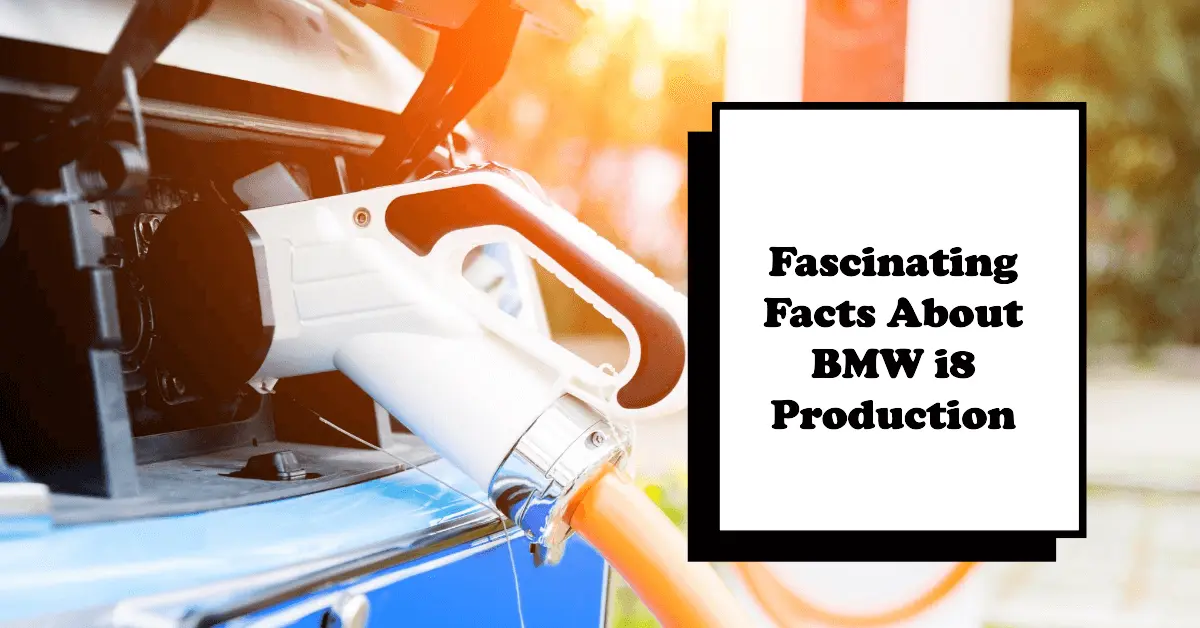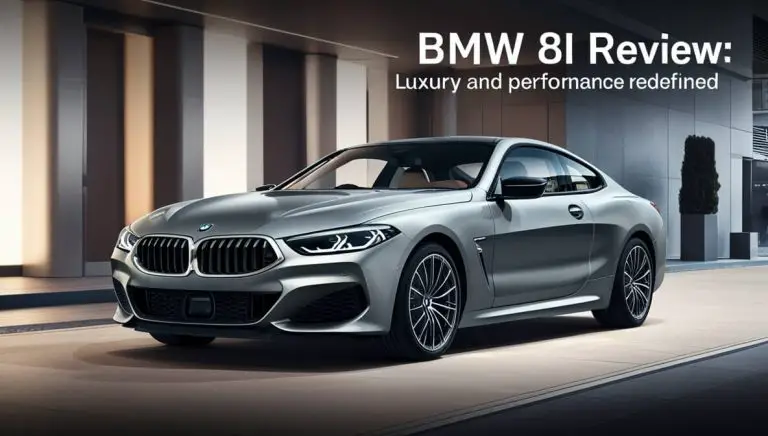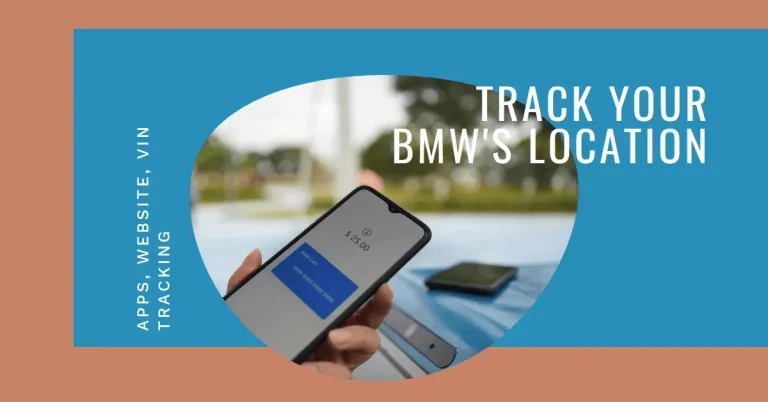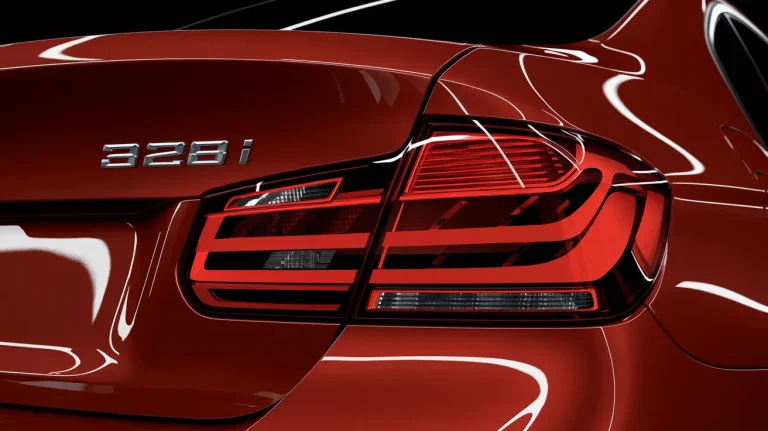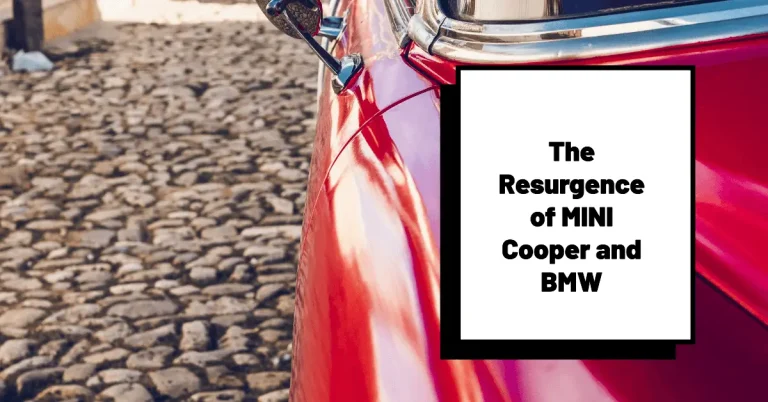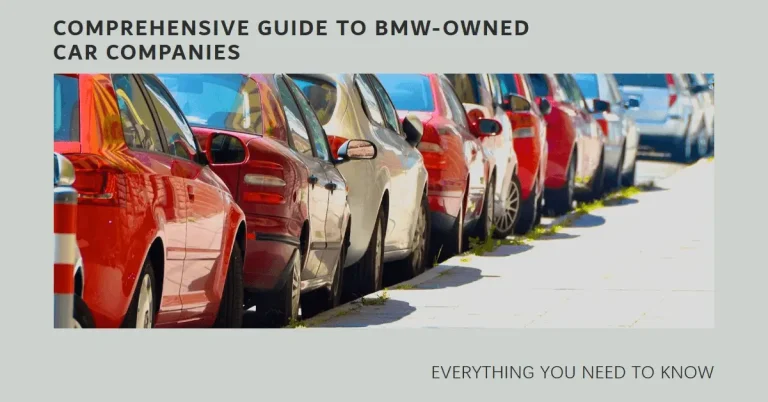How Many BMW i8s Were Made?
The total number of BMW i8 units produced stands at 20,465. This includes both the coupe and roadster variants over the 6 years of production from 2014 to 2020. With its futuristic styling and advanced plug-in hybrid powertrain, the i8 broke new ground for BMW’s electrified models. Though discontinued in 2020, its legacy lives on through its technology and collector status.
Introduction
So how many BMW i8 sports cars does the world contain? The grand total BMW i8 production run yielded 20,465 vehicles – making this a fairly exclusive model already gaining traction as a future classic.
Specifically, 16,581 coupe variants rolled off BMW’s specialized production line in Leipzig, Germany. The stylish open-top roadster saw a more limited run of 3,884 units after its launch in 2018.
In this extensively researched blog post, we’ll cover all aspects of BMW i8 production totals and history including:
- Key production figures by year
- Breakdown of coupe vs roadster units
- Special and final edition i8 models
- Why BMW decided to discontinue the i8
- The potential rise of this hybrid icon as a collector’s item
So if you’ve ever wondered “how many BMW i8s were made” or been curious about the full backstory of this groundbreaking vehicle, read on!
The Radical BMW i8 Origin Story
Before diving into the numbers, it helps to understand where the i8 came from.
The BMW i8 concept first debuted in 2009 at the Frankfurt Motor Show. Even then with its visionary styling and diesel-electric hybrid powertrain, the i8 displayed the future direction of BMW sports cars.
Five years later in 2014, a production version premiered at the LA Auto Show before sales commenced. This marked the i8 as the flagship model of BMW’s new “i” sub-brand dedicated to sustainability through electrified driving.
Right from launch, the i8 set itself apart in many ways:
- Exotic low-slung appearance unlike any BMW before
- Extensive use of lightweight carbon fiber reinforced plastic (CFRP)
- A powerful plug-in hybrid drivetrain with 357hp and 420 lb-ft torque
- 0-60mph in 4.2 seconds despite outstanding fuel efficiency
- Butterfly doors and advanced tech features
So while the i8 delivered a thrilling sports car experience, it also pioneered technologies to benefit future vehicles. These lightweight carbon construction processes proved so effective, BMW later integrated them into their 7 Series luxury sedan.
BMW i8 Sales Figures By Year Tell an Interesting Story
Now let’s break down the yearly unit counts to see how this unconventional sports car sold over time:
| Year | Total Produced | Coupe Units | Roadster Units |
|---|---|---|---|
| 2014 | 555 | 555 | 0 |
| 2015 | 2,265 | 2,265 | 0 |
| 2016 | 1,594 | 1,594 | 0 |
| 2017 | 488 | 488 | 0 |
| 2018 | 772 | 416 | 356 |
| 2019 | 1,102 | 663 | 439 |
| 2020 | 192 | 100 | 92 |
| Total | 6,968 | 16,581 | 3,884 |
Analyzing these figures reveals some interesting trends:
- Strong early interest with over 2,200 sold in 2015 – the first full year of availability indicating buzz around this radical new sports car
- Steady decline from 2016 onwards as initial hype cooled and competition arrived
- 2018 saw the first full year of i8 roadster production accounting for over 300 units
- 2020 ended the run with under 200 vehicles made as BMW wound down i8 manufacturing
So why did BMW pull the plug on their halo hybrid supercar after only 6 years of production?
External Shifts and Internal Strategies Led BMW to Discontinue the i8
Given its bold styling and electrified powertrain, you may think the i8 was set up to succeed. However, BMW made the call to cease i8 production in 2020 despite no direct successor being announced.
A few key factors drove this business decision:
Failing to Match Competitor Performance
Road tests showed the all-wheel drive i8 coupe accelerating 0-60mph in 4.2 seconds – reasonably quick but not supercar blistering. By focusing efficiency over engine power, BMW limited the i8’s ability to compete with rivals on pure driving performance.
Lower than expected sales reflected this product positioning misstep.
Shifting Focus to Mainstream Electrification
Part of the original mission for BMW’s “i” division was to be a testbed for technologies to transfer across all models.
Given rapid industry shifts towards electric, BMW made the choice to redirect resources into electrifying their mass market portfolio – dropping niche lower volume models like the i8.
Sharing Platforms for Economies of Scale
BMW also announced in 2020 their new cluster architecture flexible enough to underpin electric drivetrains. This allows them to efficiently electrify everything from 3 Series sedans up to X5 SUVs without requiring standalone platforms.
Again, this reduced the business case viability for the niche i8 with its unique plug-in hybrid hardware.
While BMW has confirmed their sports car heritage will continue electrified into the future, the i8 sits now firmly in the history books.
Paint and Special Edition i8 Variants
Over its lifespan, the i8 saw several special finishes and limited production special editions adding collectible appeal.
Most notably, the final 18 vehicles received one-off paint colors hand applied by BMW technicians. Named the “Ultimate Sophisto Edition”, these i8 coupes and roadsters represented a last hurrah of creativity and customization.
Buyers also had an extensive range of standard colors and optional accent packages to choose from. And BMW premiered unique color and trim concepts for auto shows that never made it to full production runs.
So between standard configurations, special editions, show cars and fully personalized final models, no two i8s had to leave the factory looking the same.
The i8 Bows Out With a Handcrafted Bang
As BMW wound down i8 manufacturing in mid 2020, they made the last units a special sendoff.
Dubbed the “Final 18 Edition” Built in collaboration with enthusiast customers, each car received one-off paint colors from BMW’s historic catalog applied completely by hand.
The final 18th i8 rolled off the production line on June 11, 2020 painted in Portimao Blue – marking the end of an era for BMW. Their first plug-in hybrid sports car paved the way as a technology pioneer over 20,000 other examples would follow.
Technologies Live on Through BMW’s Range
When asked why sales were lower than expected, BMW’s project lead for the i8 commented “It was ahead of its time”.
While this futuristic fastback didn’t sell in huge numbers, it brought innovations that live on across BMW’s lineup:
- Carbon Cores: The i8’s extensive use of carbon fiber reinforced plastic (CFRP) was adopted into the core structure of new 7 Series luxury sedans to save weight. BMW expects this tocascade across other model ranges too.
- Plug-in Hybrid Powertrains: Combining electric and gasoline propulsion for performance and efficiency is now spreading across BMW’s portfolio from 3 Series sedans to X5 SUVs.
So the i8’s spirit of technical innovation carries on, even if its production run has completed.
Where Next? An Electric Successor in the Vision M Next
BMW has yet to confirm a direct successor for the i8 in their range. However, their recent Vision M Next concept gives some hints of the future:
- 600hp plug-in hybrid drivetrain delivering 0-60mph in just 3 seconds
- Electric range improved to 62 miles – ideal for silent city commuting
- Styling evolved from the i8 with copper detailing
While just a concept for now without production confirmation, the Vision M Next shows that BMW remains committed to electrified performance. Combining the latest battery technology with sustainable fuel engines could yield a worthy followup to the i8 soon.
Conclusion
So how many BMW i8 sports cars exist? The total tally caps at 20,465 including over 16,500 coupes and around 3,900 roadsters.
Its limited 6 year production run and standout looks are already cementing future collectible classic status for the i8. Values of well kept examples may rise over time – especially rarer special editions.
And with advanced but relatable technologies like its lightweight carbon construction and plug-in hybrid powertrain, the i8 broke new ground for propelling BMW to sustainable performance for the future.
So while its sales volumes didn’t compete with traditional sports car rivals, BMW achieved their goal of the i8 serving as a rapid innovation testbed. This first of its kind hybrid now rests in the annals of history, but the impact of 20,000 units lives on.

